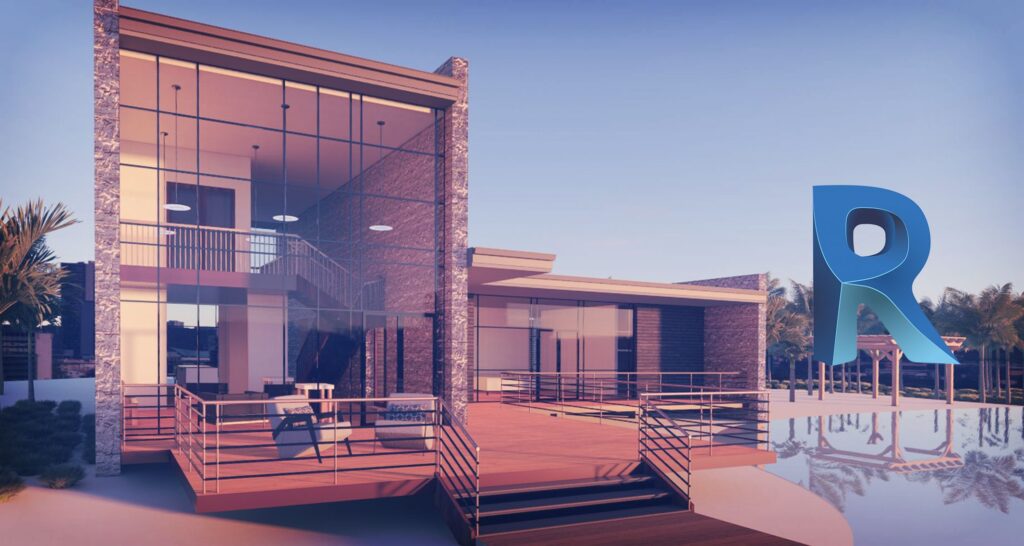7 Timeless Lessons from Frank Lloyd Wright About Creating Modern Architecture
American architect Frank Lloyd Wright has left an indelible mark on the field of architecture. He pioneered the concept of organic architecture, creating structures that harmonized with their natural surroundings. He was known for his innovative designs. With over 1,000 projects under his belt, this visionary architect has much to teach us. Here are seven key lessons from the work of Frank Lloyd Wright that can be applied to modern architecture:
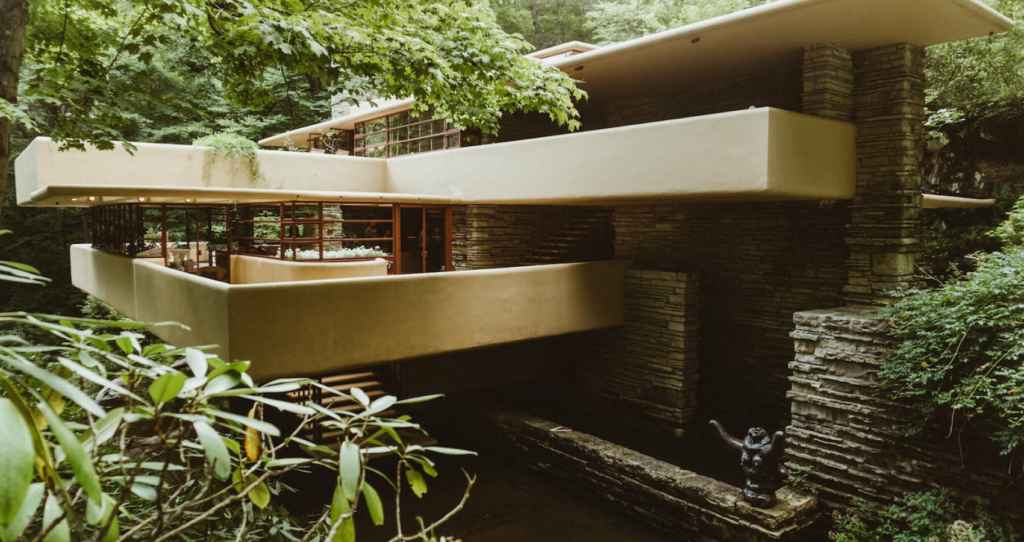
Falling Water(1935)
Embrace Nature
Wright’s love of nature was a pillar of his architectural philosophy. He believed a building should blend in with its surroundings, drawing inspiration from the landscape and natural materials. This approach not only improves the visual appeal of a structure, but it also contributes to the creation of a sustainable and environmentally friendly design. Modern architects can take inspiration from Wright’s environmental stewardship by incorporating green roofs, energy-efficient materials, and landscape-oriented designs.

Open Floor Plans
Wright was a forerunner of open floor plans, creating spaces that allowed for a natural flow between rooms. He created a more social and functional environment by removing barriers between the living, dining, and kitchen areas. This design concept is still popular today because open floor plans provide a sense of spaciousness and flexibility that suits modern lifestyles.
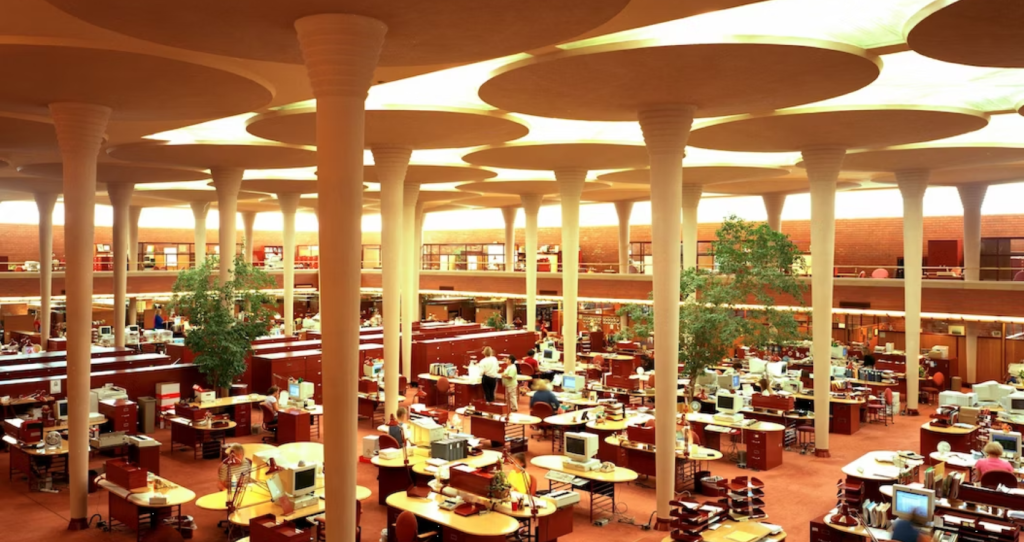
Johnson Wax Center(1939)
Allow Light to Enter
Wright recognized the significance of natural light in architecture. He designed buildings with large windows and skylights to allow natural light into the interior, creating a warm and welcoming atmosphere. This design principle is more important than ever, as research has shown that exposure to natural light can improve well-being and productivity significantly. Therefore, architects should prioritize natural light access in their designs today, employing large windows, skylights, and other methods to maximize sunlight exposure.
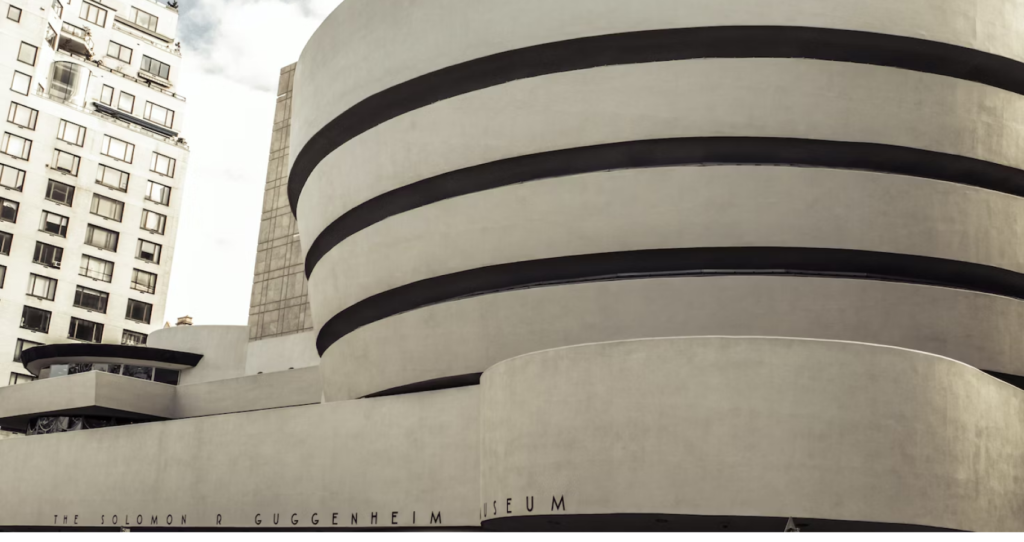
Guggenheim Museum(1943)
Oneness of Design
Wright believed in the unity of design, which stated that every element of a building, from its structure to its furnishings, should work in unison. This all-encompassing design approach ensures that the overall aesthetic remains cohesive and impactful. This principle can be applied by modern architects by taking into account not only the building itself, but also the surrounding environment, interior design, and even landscaping.
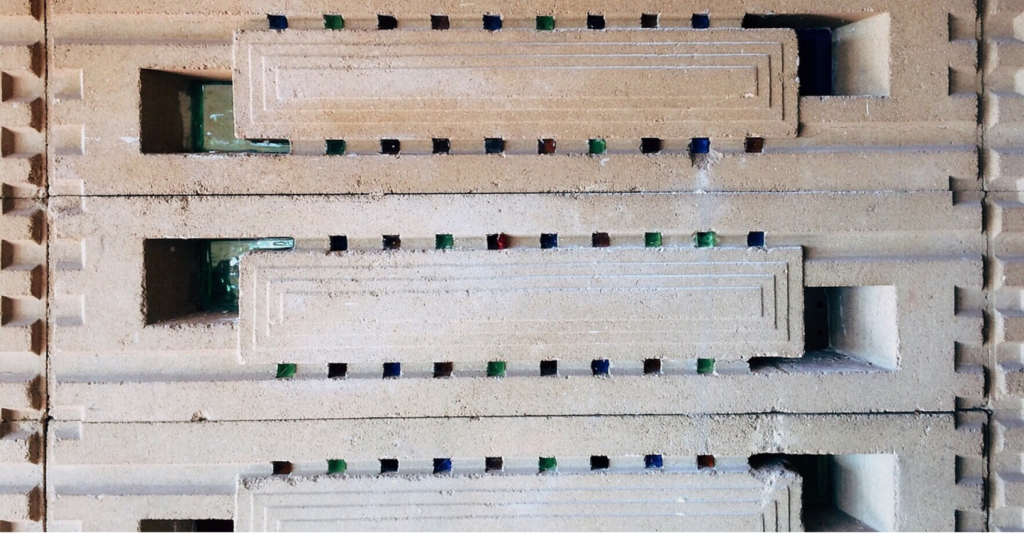
Detail Orientation
Wright’s work was distinguished by an unwavering attention to detail, with each detail of his designs meticulously considered and executed. This methodical approach resulted in the creation of iconic and long-lasting structures. Aspiring architects should emulate Wright by paying close attention to detail and striving for perfection in all aspects of their designs.
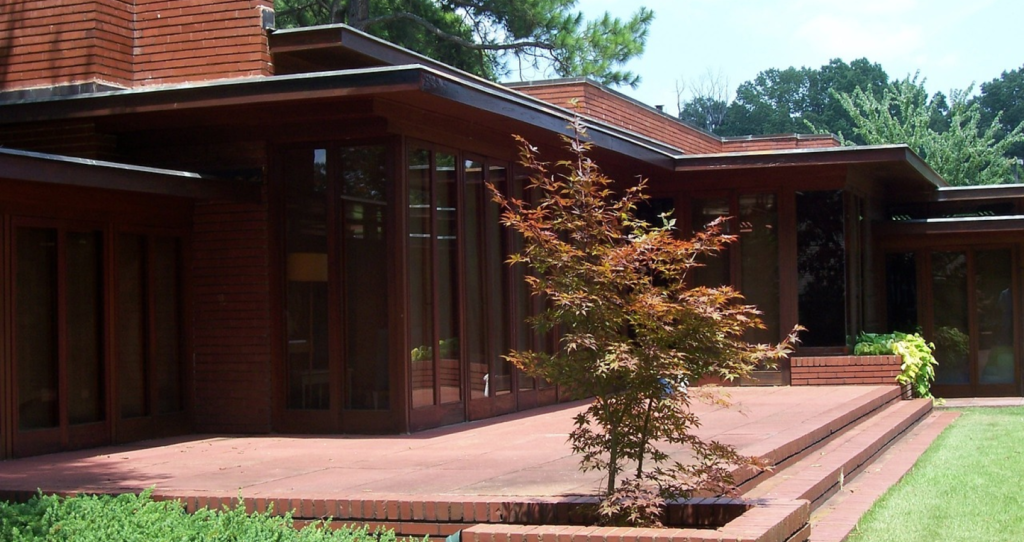
Rosenbaum House(1936)
Experiment and Innovate
Frank Lloyd Wright was never afraid to experiment with architectural design. His forward-thinking approach resulted in the creation of iconic styles such as the Prairie School and Usonian houses. Modern architects should embrace experimentation and innovation in the same way, always looking for new materials, technologies, and design concepts to create one-of-a-kind and impactful structures.
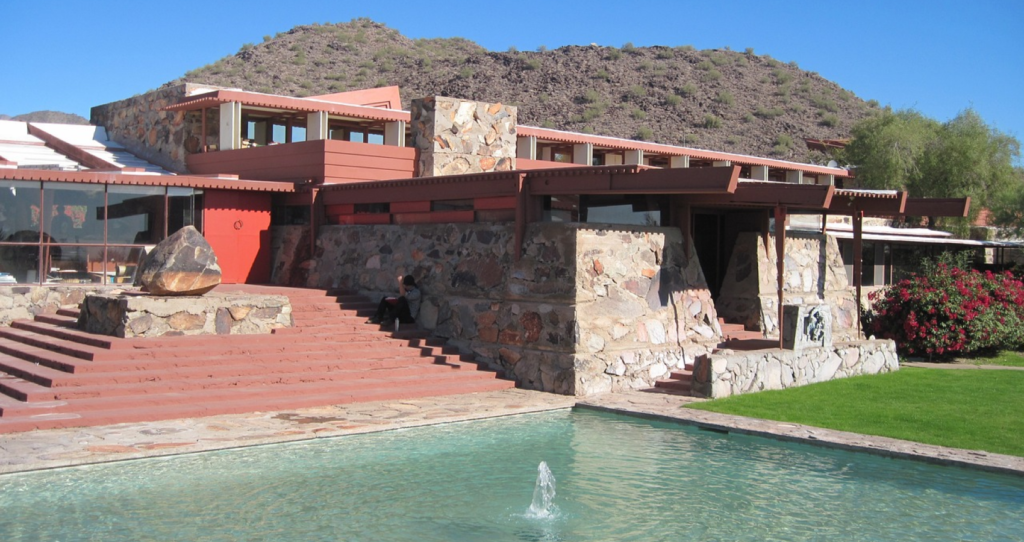
Taliesen West(1937)
Create for the Client
Wright’s designs were always centered on his client’s needs and desires. He believed that architecture should be tailored to the people who inhabit the space, making each structure functional and comfortable. This client-centric approach is still relevant today, as architects must understand and cater to their clients’ specific needs and preferences.
Conclusion:
Frank Lloyd Wright’s architectural legacy teaches modern architects valuable lessons. Architects can create timeless and impactful designs by embracing nature, prioritizing open floor plans, maximizing natural light, ensuring design unity, paying attention to detail, encouraging innovation, and catering to clients’ needs. These principles are still relevant today, and we can continue to build on Wright’s incredible legacy by incorporating them into contemporary architecture.
To develop your career path, we’d recommend your investing in skills in the following Iamthestudio courses:


